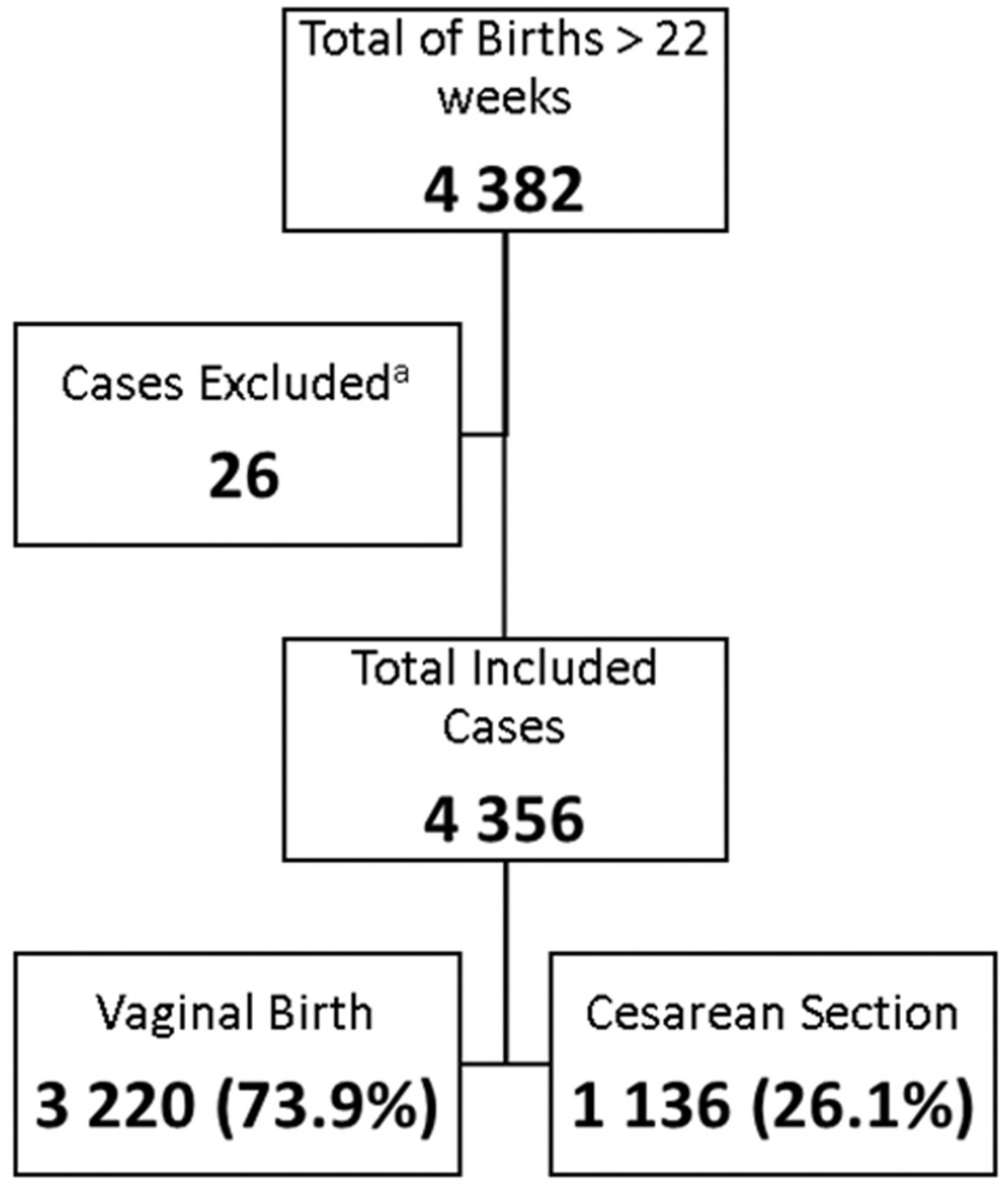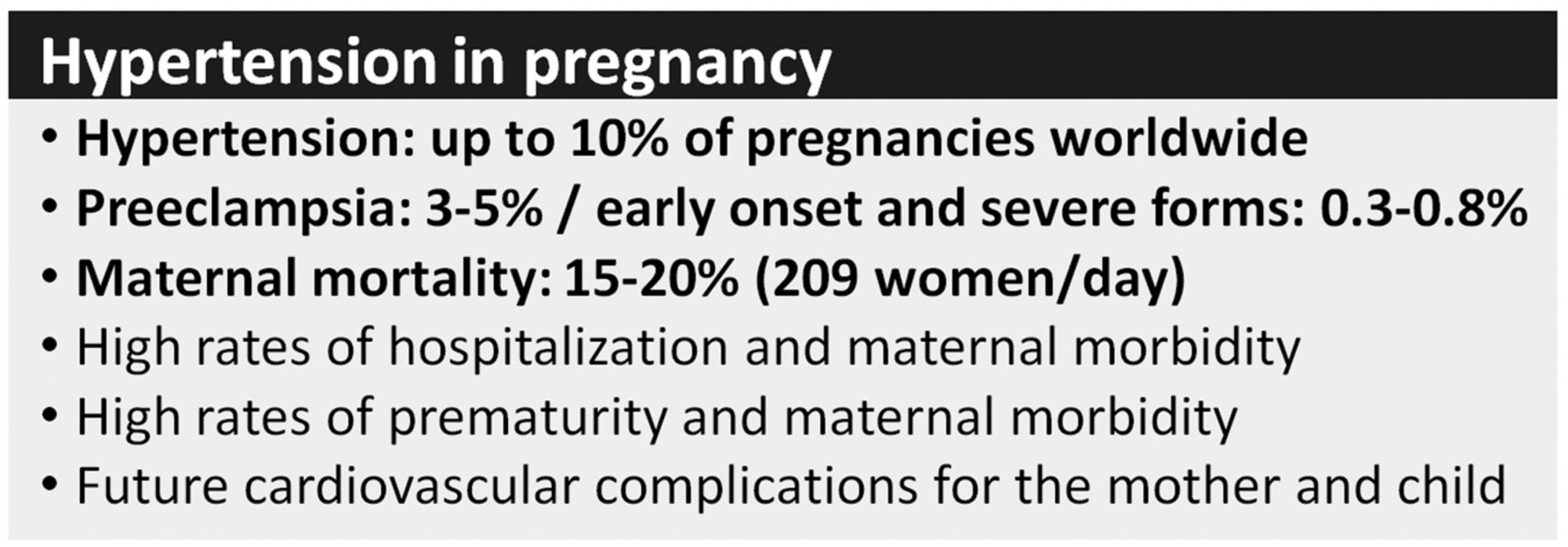You searched for:"Maria Laura Costa"
We found (27) results for your search.Summary
Rev Bras Ginecol Obstet. 2022;44(9):830-837
To use the Robson Ten Group Classification (RTGC) to analyze cesarean section (CS) rates in a Honduran maternity hospital, with focus in groups that consider induction of labor.
Cross-sectional study. Women admitted for childbirth (August 2017 to October 2018) were classified according to the RTGC. The CS rate for each group and the contribution to the overall CS rate was calculated, with further analyses of the induction of labor among term primiparous (group 2a), term multiparous (group 4a), and cases with one previous CS (group 5.1).
A total of 4,356 women were considered, with an overall CS rate of 26.1%. Group 3 was the largest group, with 38.6% (1,682/4,356) of the cases, followed by Group 1, with 30.8% (1,342/4,356), and Group 5, with 10.3% (450/4,356). Considering the contribution to overall CS rates per group, Group 5 contributed with 30.4% (345/1,136) of the CSs and within this group, 286/345 (82.9%) had 1 previous CS, with a CS rate > 70%. Groups 1 and 3, with 26.6% (291/1,136) and 13.5% (153/1,136), respectively, were the second and third larger contributors to the CS rate. Groups 2a and 4a had high induction success, with low CS rates (18.4 and 16.9%, respectively).
The RTGC is a useful tool to assess CS rates in different healthcare facilities. Groups 5, 1, and 3 were the main contributors to the CS rate, and groups 2 and 4 showed the impact and importance of induction of labor. These findings may support future interventions to reduce unnecessary CS, especially among primiparous and in women with previous CS.

Summary
Rev Bras Ginecol Obstet. 2022;44(9):878-883
It is a challenge to consider preeclampsia (PE) diagnosis and management in low and middle-income settings, where it represents a major public health concern. The placenta is the underlying cause of disease, and the plasma concentrations of proangiogenic and antiangiogenic factors released by the placenta can reflect the risks of disease progression. Antiangiogenic proteins, such as soluble fms-like tyrosine kinase 1 (sFlt-1), and proangiogenic, like placental growth factors (PlGF), are directly and inversely correlated with the disease onset, respectively.
Narrative review on the use of biomarkers (sFlt-1 to PlGF ratio) with a suggested guidance protocol.
Key considerations on the use of biomarkers: the sFlt-1/PlGF ratio is mainly relevant to rule out PE between 20 and 36 6/7 weeks in cases of suspected PE; however, it should not replace the routine exams for the diagnosis of PE. The sFlt-1/PlGF ratio should not be performed after confirmed PE diagnosis (only in research settings). In women with suspected PE, sFlt-1/PlGF ratio < 38 can rule out the diagnosis of PE for 1 week (VPN = 99.3) and up to 4 weeks (VPN= 94.3); sFlt-1/PlGF ratio > 38 does not confirm the diagnosis of PE; however, it can assist clinical management. In cases of severe hypertension and/or symptoms (imminent eclampsia), hospitalization is imperative, regardless of the result of the sFlt-1/PlGF ratio.
The use of biomarkers can help support clinical decisions on the management of suspected PE cases, especially to rule out PE diagnosis, thus avoiding unnecessary interventions, especially hospitalizations and elective prematurity

Summary
Rev Bras Ginecol Obstet. 2021;43(12):932-939
To study maternal anxiety in pregnant women without comorbidities in the context of the COVID-19 outbreak in Brazil and to study maternal knowledge and concerns about the pandemic.
This is a secondary analysis from a national multicenter cross-sectional study performed in 10 cities, from June to August, 2020, in Brazil. Interviewed postpartum women, without medical or obstetrical comorbidities, were included in the present subanalysis. A structured questionnaire and the Beck Anxiety Inventory (BAI) were applied.
Out of the 1,662 women, 763 (45.9%) met the criteria for the current analysis and 16.1% presented with moderate and 11.5% with severe maternal anxiety. Moderate or severe maternal anxiety was associated with high school education (odds ratio [OR]:1.58; 95% confidence interval [CI]:1.04–2.40). The protective factor was cohabiting with a partner (OR: 0.46; 95%CI: 0.29–0.73). There was a positive correlation between the total BAI score and receiving information about care in the pandemic (rpartial 0.15; p < 0.001); concern about vertical transmission of COVID-19 (rpartial 0.10; p = 0.01); receiving information about breastfeeding (rpartial 0.08; p = 0.03); concerns about prenatal care (rpartial 0.10; p = 0.01), and concerns about the baby contracting COVID-19 (rpartial 0.11; p = 0.004). The correlation was negative in the following aspects: self-confidence in protecting from COVID-19 (rpartial 0.08; p = 0.04), having learned (rpartial 0.09; p = 0.01) and self-confidence in breastfeeding (rpartial 0.22; p < 0.001) in the context of the pandemic.
The anxiety of pregnant women without medical or obstetrical comorbidities was associated to high school educational level and not living with a partner during the COVID-19 pandemic. Self-confidence in protecting against COVID-19 and knowledge about breastfeeding care during the pandemic reduced maternal anxiety.